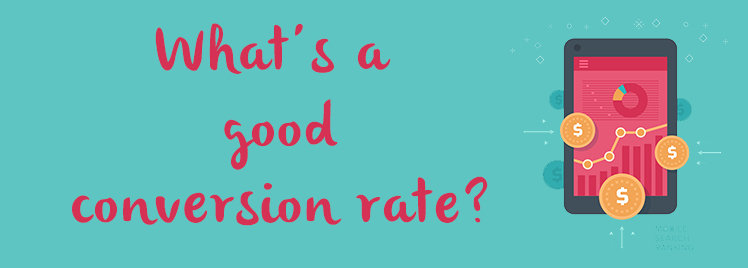-
Traffic
Get More Traffic
SponsoredLinX offers a number of different services to help drive more qualified traffic to your website. Google Ads Management Search Engine Optimisation Microsoft Ads Facebook Advertising Google Ads Mobile“SponsoredLinX are a rarity in today’s market place, they promise a lot but deliver more. Our business has grown by over 400% in one month; we are amazed at the difference they have made.”
-
Conversion
Convert More Leads
Our second step is making sure that your website is able to convert the traffic you receive into leads for your business. Optimising your website to convert more leads is important to a profitable campaign. Web Development Convertopages Do It For Me eCommerce“I just want to say thank you! The changes that you have applied in our AdWords campaign have definitely seen an improvement on click quality and sales for HippityHop.”
-
Retention
Retain Your Customers
As you build up a customer base you need to make sure to keep engaged and retain your relationship. Facebook Management LinX App“SponsoredLinX fully redesigned our main company website with a fresh, clean and professional look. The ‘Google friendly’ web design were part of the fantastic ongoing service we received.”

What’s a Good Conversion Rate?
Begin with the end in mind.
A good conversion rate can vary from which industry you are in, to your website and the types of keywords you use. However, conversions are the holy grail of all goals for a marketer, so there are a series of processes one must go through before finally figuring out what a good conversion rate it.
You need to begin with the end in mind = Conversions. To get here, firstly ask yourself, “Am I setting myself up for success”?
- Website – is your website easy to navigate?
- Landing pages – do you have specific landing pages with clear calls to action and content?
- AdWords campaign – are you targeting the right audience by way of keywords and ad text?
- AdWords campaign – are your keywords, ad text and landing pages relevant?
- AdWords – are you adding negative keywords?
- Tracking – is this in place and accurately tracking all goals, form submissions and calls?
What is a conversion? A conversion can be contact made by the consumer either by way of submitting a contact form, through a phone call, but in most cases, a conversion is a sale.
Initially we need to focus on targeting the right traffic by way of keywords and relevant ad text. This way we are ensuring that we are inviting the right demographic who are motivated to buy. This is done through properly assessing the correct keywords you want to target when customers are in the ‘purchasing phase’ of the buying cycle. Then, you need to make sure you send this traffic to the relevant landing page. If your landing page does not correlate with the ad your customer has just clicked on, you risk increasing your website’s bounce rate, and this will certainly not help your conversion rate.
The key to creating any converting campaign for any industry is tracking. It’s such a simple yet effective way to ‘turn the lights on’ for what otherwise would be the dark, unknown holes within your online marketing campaign, consuming your marketing spend. Tracking can show us where we can maximize your return on investment (ROI). It can also highlight flaws within your marketing campaign or website. If you are a business which regularly speaks with customers over the phone, tracking can show us how many calls are converting for you. It can also do the same for form submissions, and identify where we are haemorrhaging visitors. It will also help us build on our negative listing too. For this I would recommend Google Analytics and Google Tag Manager.
Focus your energy on creating a marketing environment which encourages, promotes and targets the right audience. Ensure you get the fundamentals right first and then move from there.
Conventionally speaking, a conversion rate of 2% is considered to be good. But who wants to be good? We can start by aiming to be ‘good’ then move our sites higher to ‘better’ and then ‘great’! However, this is only a guideline and you really cannot compare one business to the next.
In closing, as a marketing professional, a good conversion rate consists of incremental improvements. You must start by setting realistic goals, and then once you start achieving those goals, you can begin moving forward from there. All the while you must make sure that you are steering your marketing ship in the same direction as the overall business goals.
So long as you are on this path, and continue to show evidence of growth and hitting goals, then you are on the right track for achieving the best results, and a good conversion rate.
Want to take your conversion rate from ‘okay’ to ‘great’? Then get in touch with SponsoredLinX today on 0800 004 672.


